The Intermittent Fasting Mistake You’re Making That’s Stopping All Your Weight Loss!

You’ve been fasting for 16 hours every single day. You watch the clock. You fight through the hunger. You follow all the rules perfectly. But the scale won’t budge.
Three weeks in and nothing has changed. You’re frustrated. You’re tired. And you’re starting to think intermittent fasting is just another diet that doesn’t work for you.
Here’s the truth: Intermittent fasting works. But there’s one mistake killing your results. And you’re probably making it every single day without knowing it. It’s not about how long you fast. It’s about what you eat when you break your fast.
In this guide, you’ll learn the single biggest mistake people make when breaking their fast. You’ll see why this mistake triggers blood sugar spikes that shut down fat burning instantly. And you’ll get simple food swaps that fix the problem starting tomorrow.

By the end, you’ll have a practical meal plan for your first meal after fasting. No more guessing. No more weight loss plateau. Just real results from intermittent fasting done right.
The #1 Intermittent Fasting Mistake: Breaking Your Fast With High-Glycemic Carbs
Breaking your fast with refined carbohydrates causes a massive blood sugar spike. Your insulin shoots up. And your body stops burning fat immediately. Here’s what happens: During your fast, your body burns stored fat for energy. It’s called ketosis. But when you eat high-glycemic foods, that fat-burning switch flips off in seconds.
Let’s say you fast until noon. You eat a bagel with cream cheese. Within 30 minutes, your blood sugar jumps like you drank soda. Your pancreas floods your body with insulin to handle the sugar. All that fat burning you worked for? Gone. Two hours later, your blood sugar crashes. Now you’re hungrier than before.
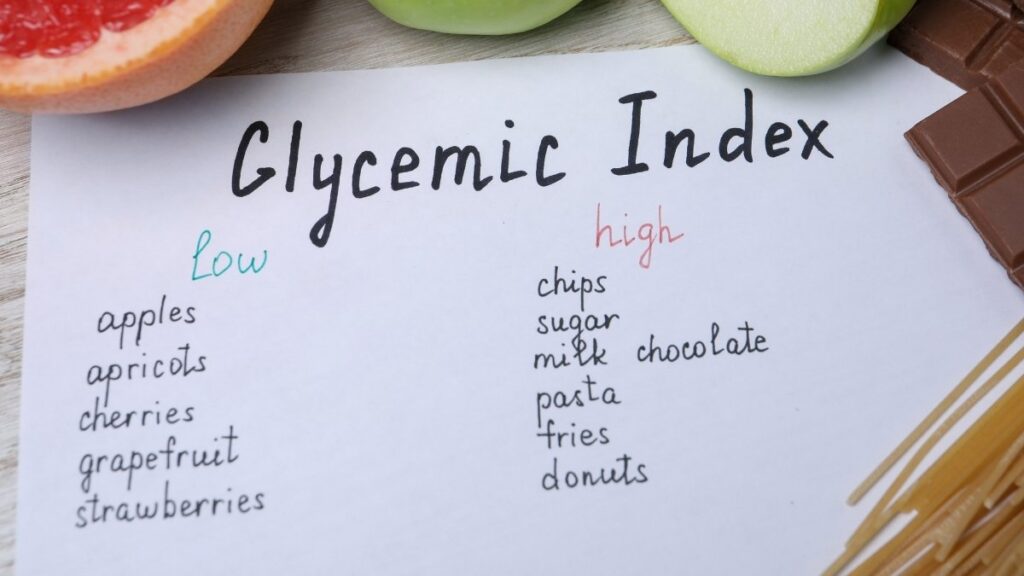
This spike-and-crash cycle is why the scale won’t move. You end up eating more throughout the day. You feel tired and cranky. And you blame intermittent fasting when it’s really about breaking your fast with the wrong foods.
Here’s the problem with “healthy” breakfast foods. Flavored yogurt packs 20 grams of sugar. That’s five teaspoons. Instant oatmeal has a glycemic index over 80—your body treats it like candy. Bagels, muffins, and white toast do the same damage.

Studies show people lose 4.6% to 13.0% of their body weight with intermittent fasting. But most fail because they break their fast wrong. Americans eat 71 grams of added sugar daily—17 teaspoons. Most comes from breakfast.
Why This Mistake Destroys Your Weight Loss Progress
Let me show you exactly what happens in your body when you break your fast with high-glycemic carbs. This is where intermittent fasting either works or fails.
Your insulin response shuts down fat burning immediately. Insulin is a storage hormone. When it’s high, your body can’t burn fat. It can only store it. After hours of fasting, you’ve finally gotten your insulin low enough to burn fat. Then you eat refined carbs and insulin shoots back up. Fat burning stops. Fat storage begins.

Here’s what you need to know about metabolic switching. After hours without food, your body makes a switch. It stops using glucose for energy. It starts burning fat instead. Research shows this metabolic switching is why intermittent fasting works for weight loss. Your body becomes a fat-burning machine.
But the wrong foods flip that switch back off. When you eat high-glycemic carbs, your body says “Great, we have easy sugar again. Stop burning fat. Use this instead.” All the metabolic benefits you worked for disappear in minutes.
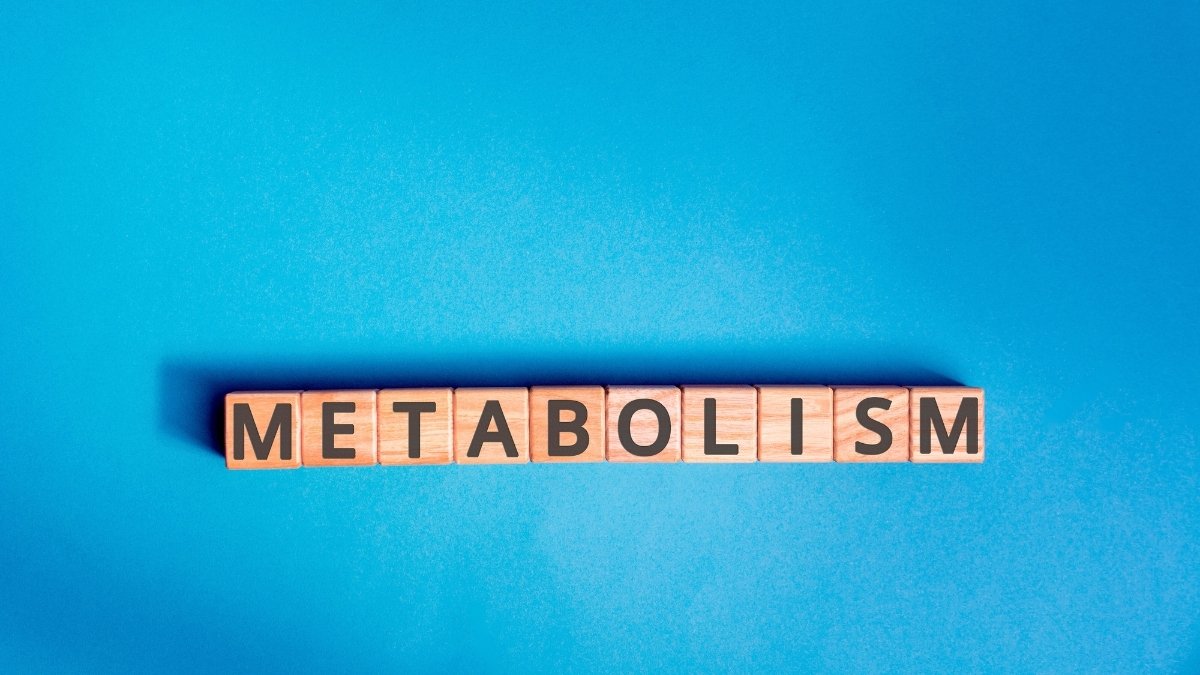
Now let’s talk about hunger hormones. There’s a strong biological push to overeat after fasting because your appetite hormones go into overdrive. Your body thinks you’re starving. Ghrelin (your hunger hormone) is screaming at you to eat. When you break your fast with refined carbs, you make this worse.
Here’s the timeline of what happens when you break your fast with refined carbs versus protein:
Breaking fast with refined carbs (bagel, instant oats, muffin):
- 30 minutes: Blood sugar spikes to 180+ mg/dL, insulin floods system
- 1 hour: Still high blood sugar, tired feeling kicks in, fat burning stopped
- 2 hours: Blood sugar crashes to 70 mg/dL, intense hunger and cravings start
Breaking fast with protein and healthy fats (eggs, avocado, Greek yogurt):
- 30 minutes: Blood sugar rises slowly to 120 mg/dL, steady insulin release
- 1 hour: Blood sugar stable, energy is good, fat burning continues
- 2 hours: Still satisfied, no cravings, steady energy throughout day
See the difference? Breaking your fast incorrectly makes you hungrier throughout the entire day. You feel tired. You crave sugar and carbs. And you end up eating way more calories than if you’d broken your fast correctly.

This creates a cycle of overeating that negates the calorie deficit from fasting. You fast for 16 hours to create a calorie deficit. Then you overeat during your 8-hour window because your blood sugar is unstable and your hunger hormones are out of control. You end up eating the same amount of calories as before. No deficit means no weight loss.
This is why people say “intermittent fasting doesn’t work for me.” It’s not the fasting that failed. It’s breaking the fast with the wrong foods that ruined everything.
3 More Common Mistakes That Stop Weight Loss
Breaking your fast correctly is step one. But these three mistakes can still kill your progress. Let’s fix them.
Mistake #1: Eating Too Many Calories in Your Window
You skip breakfast. You’re proud of yourself. Then at noon, you eat everything in sight.
If you eat the same calories during your eating window as you did before fasting, you won’t lose weight. Fasting doesn’t give you a free pass to overeat. It just changes when you eat. After 16 hours without food, your brain screams “EAT EVERYTHING.” It’s normal. But it’s also why people fail.

Here’s what happens: You fast all morning. By noon, you’re starving. You eat a huge lunch. Then a snack. Then a big dinner. Then dessert. You pack in 2,000 calories in 8 hours. That’s the same amount you ate before. No calorie deficit means no weight loss.
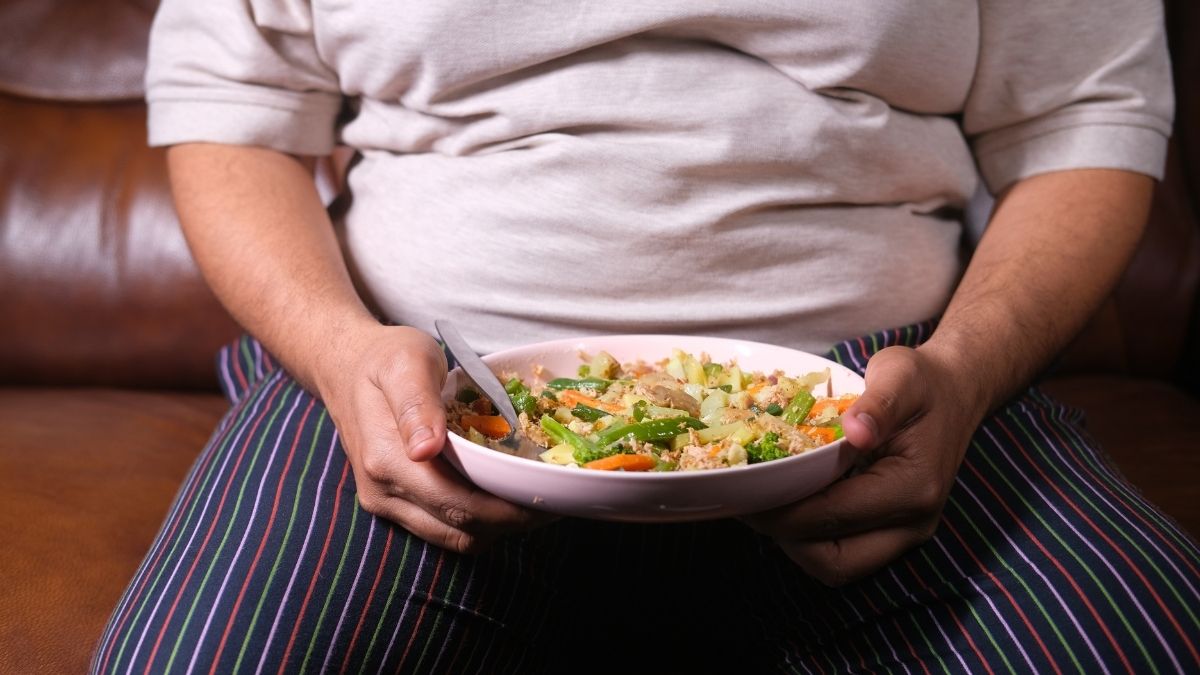
The fix is simple: Track what you eat for one week. Just one week. Write down everything. You’ll see patterns. Most people are shocked when they realize they’re eating too much during their eating window. After tracking, use the hand-portion method. Your palm is one serving of protein. Your fist is one serving of carbs. Your thumb is one serving of fat.
Mistake #2: Not Getting Enough Protein
Weight loss feels great until you lose muscle instead of fat. That’s what happens when you don’t eat enough protein during intermittent fasting.
Your body doesn’t just burn fat when you fast. It burns muscle too. Studies show intermittent fasting causes lean muscle loss if you’re not careful. And losing muscle is bad news. Muscle burns calories even when you’re sitting on the couch. Less muscle means slower metabolism. Slower metabolism means harder weight loss later.
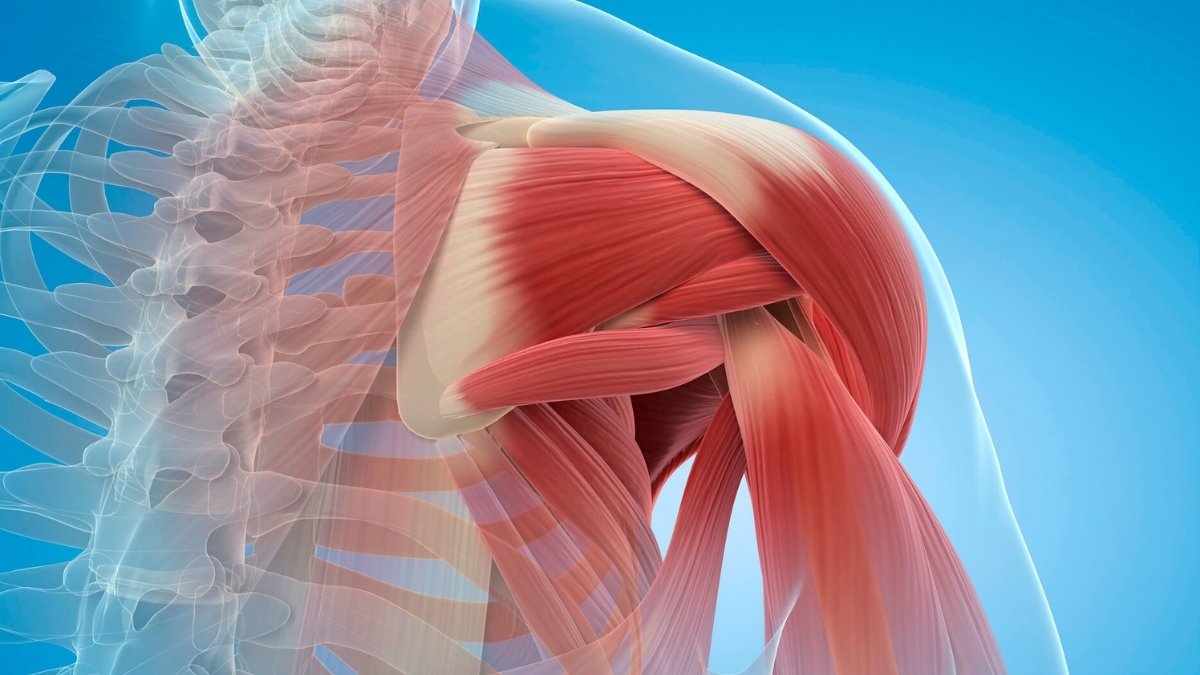
Here’s the scary part: You can lose weight on the scale but get softer and weaker. That’s muscle loss, not fat loss. Research shows you need about 2 grams of protein per kilogram of body weight daily. For a 150-pound person, that’s about 136 grams of protein per day.
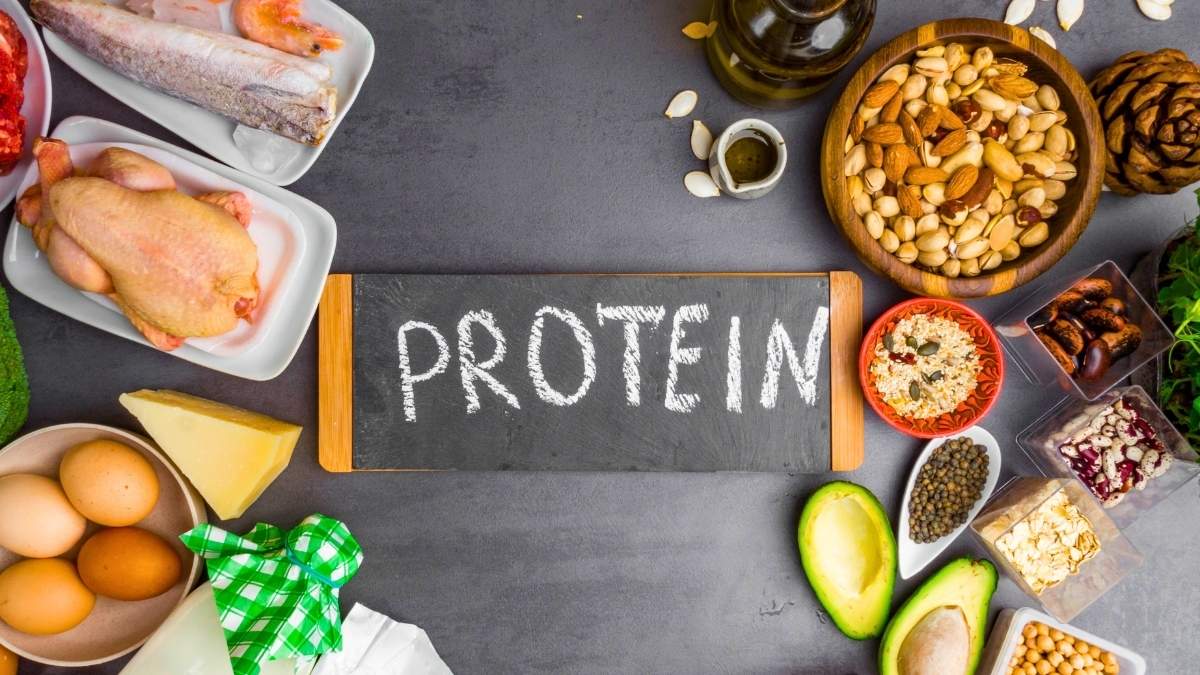
Pair intermittent fasting with resistance training. Lift weights. Do bodyweight exercises. This tells your body to keep the muscle and burn the fat instead. Eat protein at every meal during your eating window. Chicken, fish, eggs, Greek yogurt, protein shakes. Make it a priority, not an afterthought.
Mistake #3: Ignoring Sleep and Stress
You’re fasting. Eating clean. Still not losing weight. Check your sleep and stress levels.
Poor sleep destroys weight loss efforts. Multiple studies show people who sleep less than 7 hours lose less weight. But here’s the problem: Fasting increases cortisol production. Cortisol is your stress hormone. Your body releases it when blood sugar drops. Research shows fasting has a very strong effect on increasing cortisol levels.

Now add poor sleep to the mix. You’re tired. You’re stressed. Your cortisol is through the roof. High cortisol makes your body hold onto fat, especially belly fat. It makes you crave sugar. It makes you tired and irritable.
The combination of fasting plus poor sleep plus high stress is a weight loss killer. Your body thinks it’s in danger. It refuses to let go of fat. You work hard and see zero results.

The fix: Get 7 to 8 hours of sleep every night. Manage your stress with walks, meditation, or whatever works for you. If you’re feeling overly stressed, try shorter fasting windows. Instead of 16 hours, try 14 hours. Give your body time to adjust.
Weight loss isn’t just about what you eat and when. It’s about how you sleep and how you handle stress too.
The Perfect First Meal Formula
Your first meal after fasting should be 30% protein, 30% healthy fats, and 40% low-glycemic carbs. This combination keeps your blood sugar stable. It keeps you full for hours. And it lets your body keep burning fat even after you eat.

Start with a small portion. Don’t pile your plate high just because you’re hungry. Eat slowly. Wait 15 to 20 minutes. Then check in with yourself. Are you still hungry? Most people find they’re satisfied with less food than they thought.
After eating, take a short 10-minute walk. This helps your body use the incoming glucose instead of storing it as fat. Walk around your office. Walk around the block. Just move a little. It makes a real difference in how your body handles the meal.
5 Perfect Meals for Breaking Your Fast
These are the best foods to break your fast. Pick one and stick with it for a week. See how you feel.
Meal 1: Greek Yogurt Power Bowl

- 1 cup plain Greek yogurt (unsweetened—this is important)
- Handful of fresh berries
- 2 tablespoons mixed nuts
- 1 tablespoon chia seeds
- Optional: drizzle of honey if you need sweetness
Meal 2: Veggie Scramble

- 3 scrambled eggs cooked in olive oil or butter
- Half an avocado sliced on top
- Sautéed vegetables (spinach, bell peppers, mushrooms)
- Side of cherry tomatoes
Meal 3: Protein Salad

- 4-6 ounces grilled chicken breast
- Mixed greens (spinach, arugula, romaine)
- Cucumber, tomatoes, bell peppers
- Olive oil and lemon juice dressing
- Sprinkle of sunflower seeds
Meal 4: Salmon and Veggies

- 4-6 ounces baked or grilled salmon
- Roasted vegetables (broccoli, Brussels sprouts, zucchini)
- Half cup cooked quinoa
- Drizzle of olive oil
Meal 5: Protein Smoothie
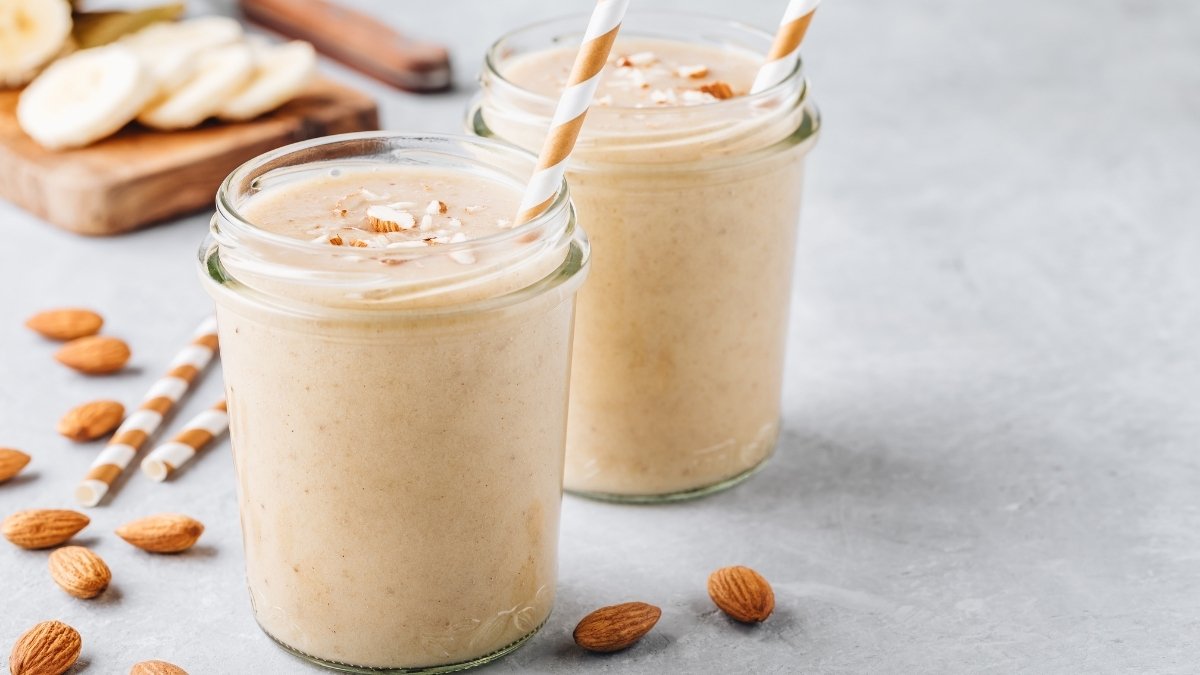
- 1 scoop protein powder
- Handful of spinach
- 1 tablespoon almond butter
- Half cup frozen berries
- 1 cup unsweetened almond milk
- Ice
Notice what these meals have in common? Protein first. Healthy fats second. Low-glycemic carbs last. This is your intermittent fasting meal plan template. Build every first meal this way.
Final Thought
The biggest mistake people make after fasting is breaking the fast with sugary or starchy foods. This spikes blood sugar and shuts down fat burning. It also makes you hungry fast.
Fix it by eating protein first, adding healthy fats, and choosing low-glycemic carbs. This keeps your blood sugar steady and helps your body burn fat longer.
When you skip this step, you feel tired, cranky, and ready to snack all day. That can slow your weight loss, even if you fast for long hours. You might think fasting “isn’t working,” but the problem often starts with that first meal.

To improve results, check your calories, protein levels, and sleep. Poor sleep raises hunger and cravings. Low protein makes you lose muscle instead of fat. Both can stall progress.
Start tomorrow. Plan your first meal after fasting tonight. Pick one of the five meal ideas you saw earlier. Track your hunger and energy. Give it two weeks before judging your progress.






